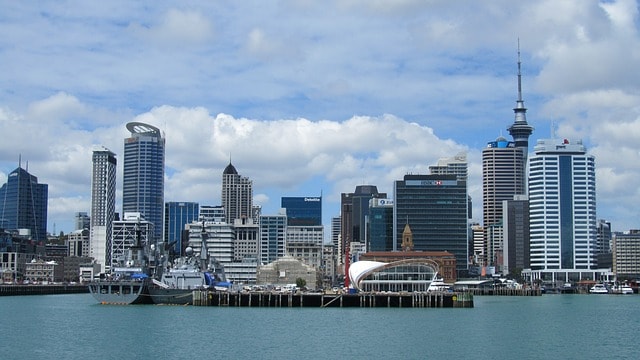New Zealand’s Gross domestic product (GDP) fell by 12.2% in the June 2020 quarter, the largest quarterly fall recorded since the current series began in 1987, as the COVID-19 restrictions in place through the quarter impacted economic activity, Stats NZ said on Thursday.
“The 12.2% fall in quarterly GDP is by far the largest on record in New Zealand,” National Accounts Senior Manager, Paul Pascoe stated.
Measures to contain the virus have led to historically large falls in GDP in many parts of the world, with countries’ results reflecting the nature and timing of their responses, and the structure of their economies.
Bigger fall than Australia and Canada
For example, New Zealand’s result compares to falls of 7% in Australia, 11.5% in Canada, 7.9% in Japan, 20.4% in the United Kingdom and 9.1% in the United States.
“While Level 4 restrictions were in place for most of April, the gradual return to Level 1 over the course of the quarter meant that businesses were able to open up again and many people returned to places of work,” Pascoe noted.
New Zealand’s border closed to incoming international travellers on 19 March 2020 and remained closed throughout the June 2020 quarter.
Some industries hit particularly hard
Some industries were more affected than others by the border closure and alert levels restrictions in place during the June quarter.
“Industries like retail, accommodation and restaurants, and transport saw significant declines in production because they were most directly affected by the international travel ban and strict nationwide lockdown,” Pascoe said.
“Other industries, like food and beverage manufacturing, were essential services and fell much less.”
Construction sector declined by 26%
The majority of construction activity and some of the manufacturing sub-industries were deemed non-essential and so temporarily shut under alert level 4. Construction declined by 25.8% and manufacturing fell by 13%.
The fall in production was paralleled by declines in household spending, which fell 12.1% over the quarter. Expenditure on household services such as domestic and international air transport and restaurant and takeaway meals fell sharply. Exports of travel services declined, as international visitor spending fell after the border closed.
Annually, GDP fell by 2%. This is the first annual decline since the March 2010 quarter.
Can come back faster and stronger
Commenting on the figures, Finance Minister Grant Robertson said the lives and livelihoods of New Zealanders had been the top priority.
“The June quarter includes almost the entire time New Zealand was in Alert Level 4 which we moved into on 26 March, so this result is not surprising. Going hard and early means that we can come back faster and stronger. Economists expect the current September quarter to show a record jump back to growth in the economy,” he stated.
“We already know we have bounced back since the end of June, with the New Zealand activity index in July up two percent on the same period last year. Electronic card spending was also 11% higher in July than the same period in 2019.”












